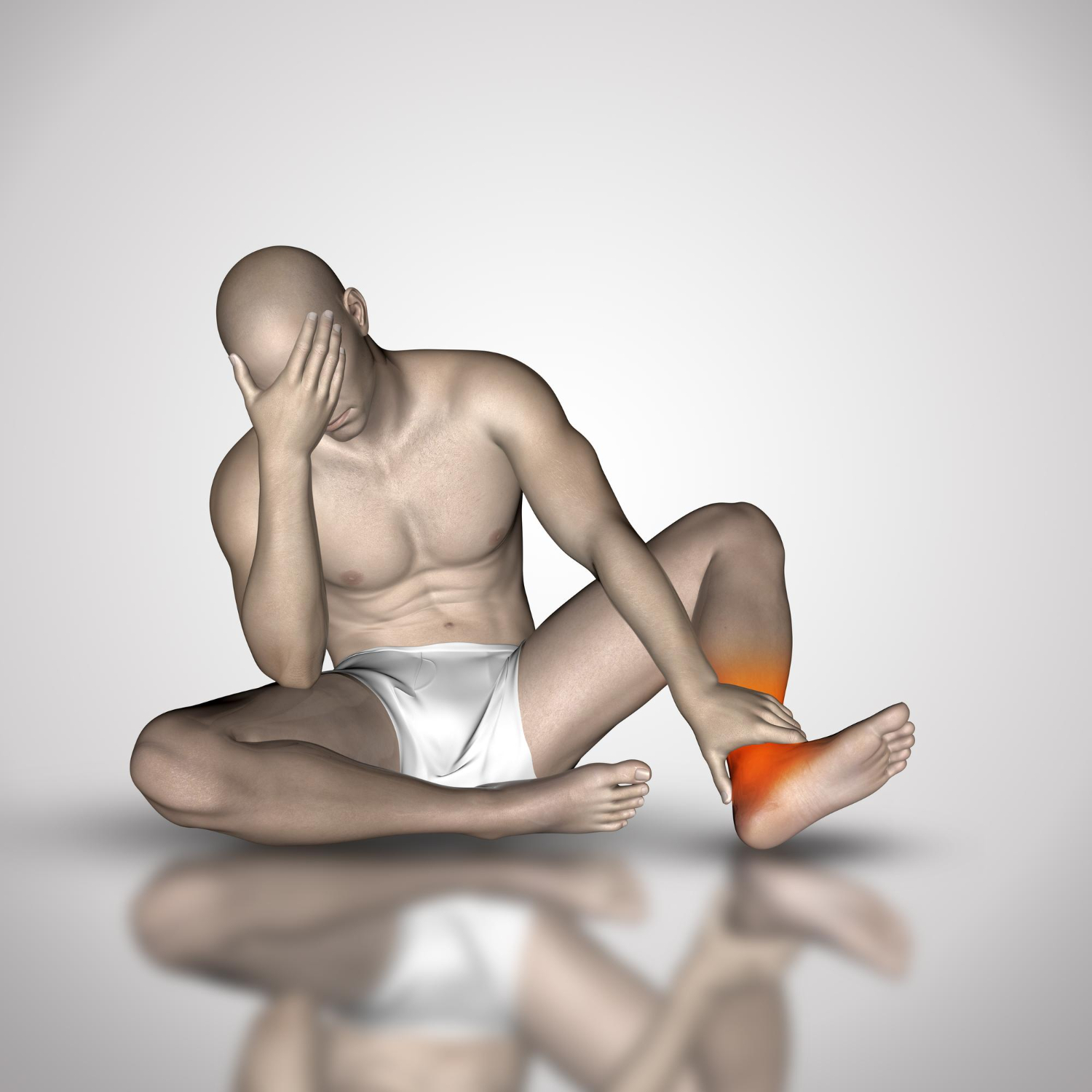

Peripheral diabetic neuropathy damages peripheral nerves, especially in the legs and feet (image: Freepik*)
The study was conducted at the Federal University of São Paulo and involved 144 diabetic patients, who were treated with monochromatic infrared light and physical therapy.
The study was conducted at the Federal University of São Paulo and involved 144 diabetic patients, who were treated with monochromatic infrared light and physical therapy.

Peripheral diabetic neuropathy damages peripheral nerves, especially in the legs and feet (image: Freepik*)
By Thais Szegö | Agência FAPESP – A study conducted at the Federal University of São Paulo (UNIFESP) in Brazil concluded that the use of monochromatic infrared light in conjunction with conventional physical therapy is a promising alternative for the treatment of peripheral diabetic neuropathy, a type of nerve damage that most often affects the legs and feet, and one of the most frequent, insidious and incapacitating complications of diabetes.
“The problem is mainly associated with the duration of diabetes and with inadequate control of blood sugar. It typically occurs between five and ten years after the disease is diagnosed, and manifests in various ways but above all in acute neuropathic pain, which may be accompanied by burning, tingling, prickling and numbness,” said pediatric nursing specialist Denise Miyuki Kusahara, last and corresponding author of the article. “These symptoms tend to intensify when the patient is at rest or asleep, so their quality of life is significantly impaired.”
Pharmacological treatment is usual in this case, but other therapeutic possibilities can help relieve the discomfort without the side effects caused by drugs, such as dry mouth, postural hypotension and urinary retention. “The lives and functionality of people with diabetes are so severely damaged by the problem that we set out to develop a novel approach. We eventually decided to study photobiomodulation as an alternative to combat the pain caused by diabetic neuropathy,” Kusahara said.
A group of 144 patients with peripheral diabetic neuropathy who attended public health clinics in São João da Boa Vista, São Paulo state, took part in the study, which was supported by FAPESP. An article reporting the findings is published in the journal Pain Management Nursing.
The participants were divided randomly into two subgroups. One was treated with 890 nanometer monochromatic infrared light associated with physical therapy involving electrotherapy and kinesiotherapy (treatment by passive and active muscular movements). The other was a control group, which received the same physical therapy without the light treatment.
Both groups were given 18 treatment sessions and followed up for ten weeks. Pain was evaluated four times using instruments and scales validated for this purpose. “The results of the evaluations performed 30 days and six weeks after the end of the intervention showed that both pain and sleep quality improved for the volunteers submitted to light application and physical therapy, especially in the case of people with intense pain,” Kusahara said.

A patient during a session for application of 890 nm monochromatic infrared light (photo: researchers’ archive)
The researchers believe the treatment can be used right away, in various clinical contexts including outpatient units, primary care facilities, and specialized pain management centers. However, the professionals who perform the procedure must be trained in the use of 890 nm monochromatic infrared light for this purpose. In particular, they must know how to configure the equipment and adjust parameters such as duration and intensity according to the patient’s needs.
“Furthermore, to ensure that the expected effects are obtained safely, adherence to protocols and attentive monitoring of possible side effects are essential,” she stressed.
The article “Effects of monochromatic infrared light on painful diabetic polyneuropathy: randomized controlled trial” is at: www.painmanagementnursing.org/article/S1524-9042(24)00251-0/abstract.
* Image by kjpargeter from Freepik
Republish
The Agency FAPESP licenses news via Creative Commons (CC-BY-NC-ND) so that they can be republished free of charge and in a simple way by other digital or printed vehicles. Agência FAPESP must be credited as the source of the content being republished and the name of the reporter (if any) must be attributed. Using the HMTL button below allows compliance with these rules, detailed in Digital Republishing Policy FAPESP.





